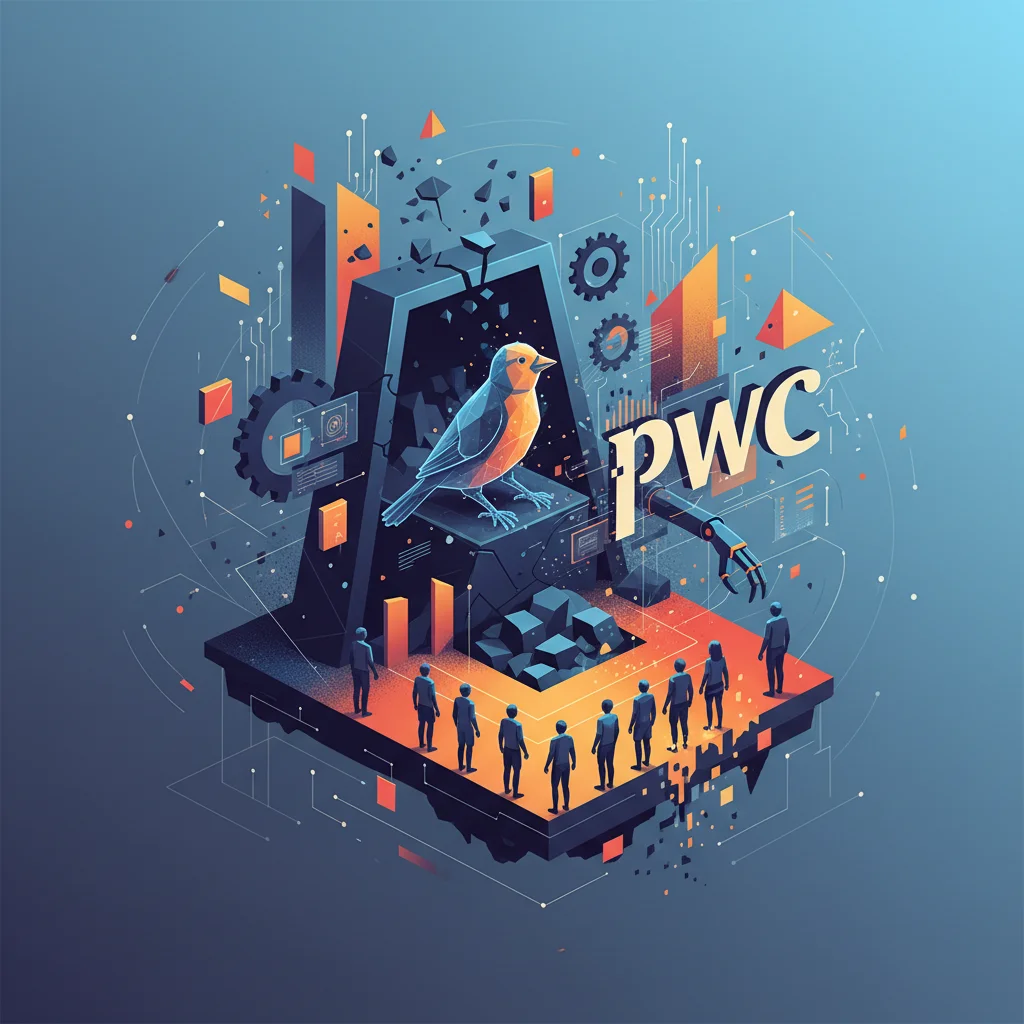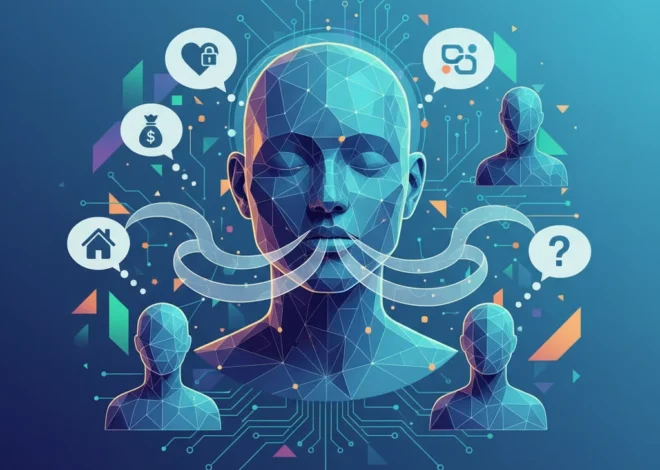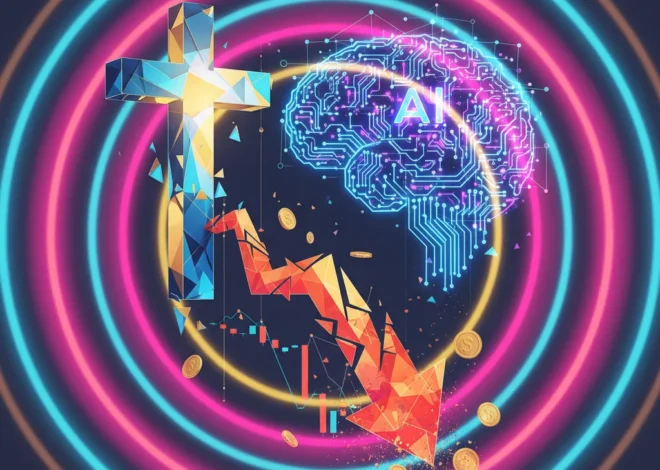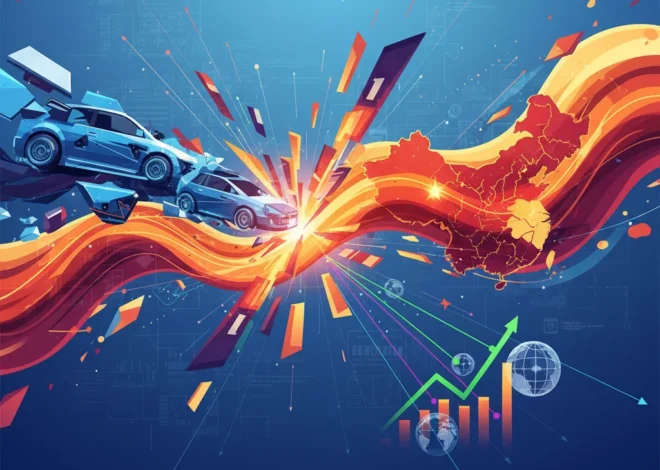
The Entry-Level Job is Dead? Why PwC’s AI Shift is a Wake-Up Call for Everyone
The Canary in the Coal Mine: A Giant’s Pivot Signals a Workforce Revolution
It’s the kind of headline that sends a shiver down the spine of every university student and recent graduate: a global titan of industry, one of the largest recruiters of new talent, has announced it will be hiring fewer people for entry-level roles. The reason? The relentless, and now exponential, rise of artificial intelligence. The company is PricewaterhouseCoopers (PwC), and their UK chairman, Kevin Ellis, recently made it clear that AI is getting so good at the “grunt work” traditionally handled by graduates that the firm will simply need fewer of them. According to the BBC, this isn’t a distant, futuristic prediction; it’s a strategic shift happening right now.
For decades, the path was clear: get a good degree, land a graduate role at a prestigious firm, and climb the ladder. That ladder’s first rung is now being automated out of existence. This isn’t just about one company or one industry. PwC’s move is a seismic signal—a canary in the coal mine for the entire professional world. What happens when the foundational tasks of a career are handled by a machine learning algorithm? This is a critical question for developers, entrepreneurs, tech professionals, and anyone planning a career in the 21st century. It’s time to look under the hood of this disruption and figure out what it means for the future of work.
Deconstructing the Disruption: How AI is Devouring a To-Do List
To understand why a powerhouse like PwC is making this move, we need to get specific about the tasks being replaced. Entry-level jobs in fields like accounting, law, and consulting have always been heavy on process-oriented, data-intensive work. This is the fertile ground where modern AI, particularly generative AI and large language models (LLMs), thrives.
Think about the daily life of a first-year associate:
- Data Collation: Manually pulling numbers from hundreds of spreadsheets, invoices, and reports to prepare for an audit.
- Document Review: Reading through thousands of pages of contracts to find specific clauses or inconsistencies.
- Report Generation: Compiling standard weekly or monthly reports by plugging new data into a pre-existing template.
- Basic Research: Summarizing market trends, competitor activity, or regulatory changes from public sources.
Every single one of these tasks is now a prime target for automation. A custom-built AI software, likely running on a secure cloud infrastructure, can perform these duties in minutes, not days. It doesn’t get tired, it doesn’t make copy-paste errors, and it can analyze datasets far larger than any human team could feasibly handle. For a company like PwC, which employs around 26,000 people in the UK alone, the efficiency gains are staggering. This isn’t about replacing people for the sake of technology; it’s a fundamental business decision driven by a massive leap in productivity.
This shift is powered by the convergence of several technologies. The rise of sophisticated SaaS (Software as a Service) platforms means companies don’t even need to build these tools from scratch. They can subscribe to services that offer AI-powered document analysis, data visualization, and more. The underlying programming and complex algorithms are neatly packaged, ready to be deployed. This accessibility is accelerating adoption across the board.
The Ripple Effect: No Industry is an Island
If you think this is just an “accountant problem,” you’re missing the bigger picture. The same forces of automation are reshaping professions everywhere. The tasks may differ, but the principle is the same: if a job is based on synthesizing information and producing a standardized output, it’s on the chopping block.
Let’s look at how this is playing out across different sectors. The table below illustrates the evolution of entry-level tasks, moving from manual processes to AI-augmented workflows.
| Industry | Traditional Entry-Level Task | AI-Augmented Workflow |
|---|---|---|
| Legal | Manually reviewing thousands of documents for discovery (e-discovery). | AI tools scan, categorize, and flag relevant documents in a fraction of the time. The junior lawyer validates the AI’s findings. |
| Marketing | Writing dozens of social media posts and basic ad copy. | Generative AI creates 100 copy variations. The junior marketer analyzes performance data to select and refine the best options. |
| Software Development | Writing boilerplate code, unit tests, and basic functions. | AI code assistants (like GitHub Copilot) generate the initial code. The junior developer’s job shifts to integration, debugging, and complex logic. |
| Financial Analysis | Manually inputting data from financial statements into Excel models. | AI APIs pull and structure data automatically. The junior analyst focuses on interpreting the model’s output and stress-testing assumptions. |
As the table shows, the human role is shifting from “doer” to “director” or “validator.” The value is no longer in the manual labor but in the critical thinking, strategic oversight, and creative problem-solving applied to the AI’s output. This represents a monumental challenge for our education systems and corporate training programs, which are still largely geared towards the old paradigm.
The Double-Edged Sword: Innovation vs. Insecurity
With any great technological leap comes a host of new challenges, and the widespread adoption of AI is no exception. While the potential for innovation is immense, we must also be clear-eyed about the risks, particularly in the realm of cybersecurity.
On one hand, AI is a powerful ally in defending digital systems. Machine learning algorithms can detect anomalies in network traffic that would be invisible to human analysts, identifying sophisticated threats in real-time. Automated systems can instantly quarantine threats, patching vulnerabilities faster than ever before.
On the other hand, AI is also a formidable weapon for malicious actors. AI can be used to:
- Craft hyper-realistic phishing emails at a massive scale.
- Generate deepfake videos or audio for social engineering attacks.
- Discover new software vulnerabilities through automated code analysis (fuzzing).
Furthermore, the very act of using third-party AI tools, especially cloud-based SaaS platforms, creates new security risks. Companies are feeding vast amounts of proprietary and client data into these models. A single data leak from a major AI provider could have catastrophic consequences. This creates a burgeoning field for cybersecurity professionals and startups focused on AI safety, data privacy, and securing the AI development lifecycle. As we automate more routine tasks, the need for sophisticated human oversight in security becomes more critical, not less.
Google's AI Under the Microscope: Why the EU's New Probe Could Reshape the Internet
Your New Career Roadmap: How to Thrive in the Age of Automation
So, what’s the game plan? Wringing our hands about the rise of the machines is not a strategy. The PwC announcement is a gift—a clear warning that gives us time to adapt. For professionals, graduates, and entrepreneurs, the path forward requires a deliberate focus on building a future-proof skill set.
For Individuals (Graduates, Developers, Professionals):
- Become an AI Power User: Don’t just know *about* AI; learn to *use* it. Master prompt engineering. Experiment with different tools for coding, writing, and analysis. Become the person in your team who knows how to get the most out of your company’s AI stack.
- Develop “Human-Centric” Skills: Double down on the things machines can’t do well. This includes complex problem-solving, creativity, critical thinking, negotiation, and emotional intelligence. The future of professional services is about advising clients, not just processing their data.
- Learn the Language of Data and Code: You don’t necessarily need to be a full-stack developer, but understanding the basics of programming (like Python), data structures, and how APIs work is the new literacy. This allows you to communicate effectively with technical teams and understand the capabilities and limitations of the tools you use.
For Entrepreneurs and Startups:
- Build the Shovels for the Gold Rush: The world’s biggest companies are all undergoing a massive technological transformation. This creates huge opportunities for startups to build the tools they need. Think specialized SaaS products for AI governance, industry-specific automation, or cybersecurity for AI systems.
- Focus on Human-in-the-Loop Innovation: Don’t try to replace humans entirely. The most successful AI implementations are collaborative. Create software and platforms that augment human expertise rather than attempting to supplant it. The goal is a “centaur” model, where human and machine intelligence work together.
- Solve the “Last Mile” Problem: AI is great at getting 80% of the way there, but that last 20%—context, nuance, client relationships—is where the real value lies. Build services and products that bridge that gap.
Beyond the Hype: Who's Really Winning the Global AI Race?
The Dawn of a New Era
The news from PwC isn’t an obituary for the graduate job; it’s a birth announcement for a new kind of career. The “old deal”—where a degree guaranteed a spot on the corporate ladder performing routine tasks—is officially over. The “new deal” is one of continuous learning, technological fluency, and a focus on uniquely human skills. While PwC plans to hire fewer graduates overall, the ones they do hire will be expected to operate at a much higher level from day one, using AI as a leverage tool.
This transition will be challenging, but it’s also incredibly exciting. It frees us from mundane work and allows us to focus on the more strategic, creative, and fulfilling aspects of our jobs. The rise of artificial intelligence isn’t the end of opportunity; it’s a fundamental re-shuffling of where that opportunity can be found. The future belongs not to those who fear automation, but to those who learn to master it.


